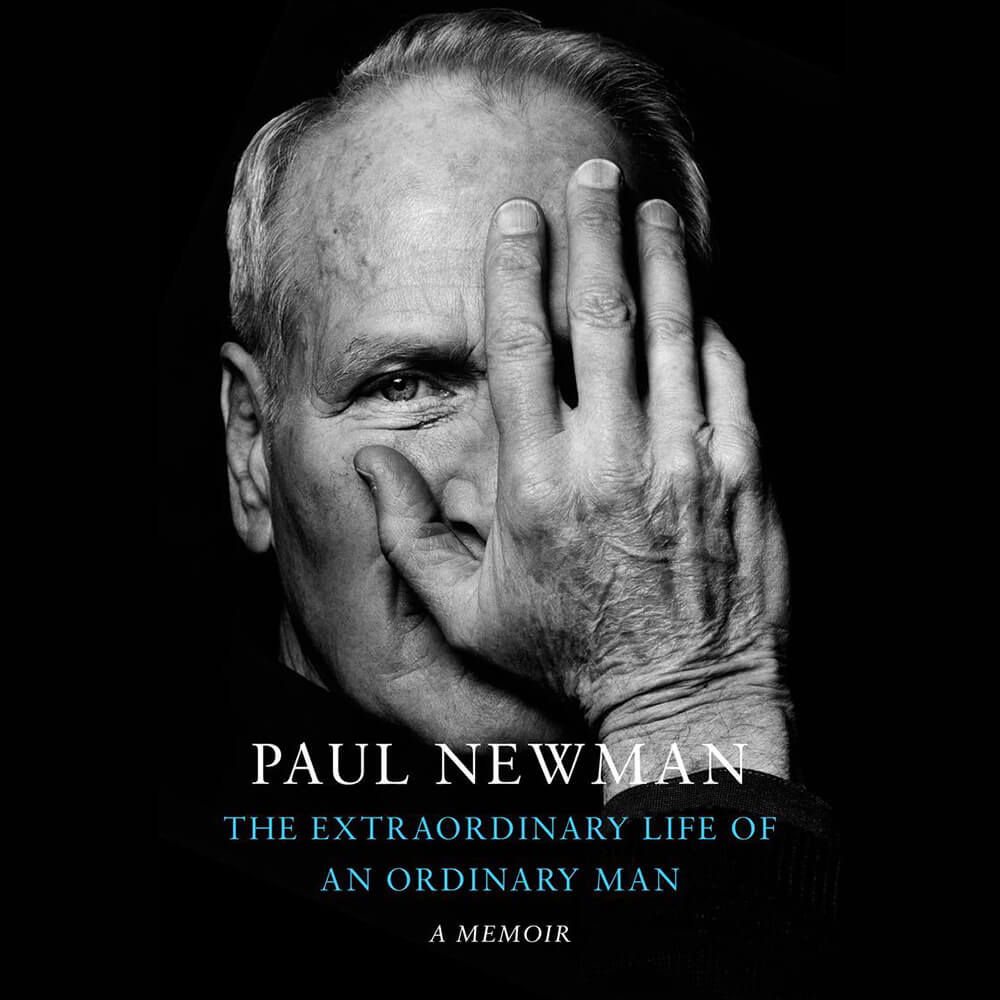One recent morning, before I left home to plant white oak trees in a nearby park, I turned to Margaret Renkl’s The Comfort of Crows: A Backyard Year. As often happens, a passage from the New York Times columnist grounded me and pulled my vision forward: “Planting a tree is a gesture of faith in the future,” writes Renkl. She continues later in the essay, “I think of what we are losing from this world and of what we will leave behind when we ourselves are lost. The trees. The stories. The people who love us and who know we love them, who will carry our love into the world after we are gone.”
These personal reflections on the natural world, often as observed from her suburban half-acre in Nashville, abound in The Comfort of Crows and throughout Renkl’s writing. Essays in her sparkling 2019 debut Late Migrations offered glimpses into loss and living as they toggled between Renkl’s past and present across the Southern U.S. Her 2021 book, Graceland, at Last, collected dozens of essays from her Times column. A handful of the essays in The Comfort of Crows appeared in the Times, too, but this book takes a different approach.
“Planting a tree is a gesture of faith in the future.”
Renkl crafted an essay for each week of the year and paired them with 52 original collages by her brother, artist Billy Renkl. For the 11th week in winter, she uses a tree’s knothole as a metaphor, linking the decay of the natural world to the changing patterns of her life. She admires the greenery sprouting from the hole and notes the space where animals may have sheltered. It is a place where “radiant things are bursting forth in the darkest places, in the smallest nooks and deepest cracks of the hidden world.”
Renkl processes change and tragedy: the deaths of her ancestors, aging, becoming an empty nester, the COVID-19 pandemic, encroaching development in her neighborhood and, inevitably, climate change. Longer essays are interspersed with “praise songs,” short poetic observations on the natural world. The book can be read straight through or stretched across the calendar as a weekly literary devotional. Billy Renkl’s stunning collages provide an invitation to meditate, to pray, to breathe.
Infused with empathy, The Comfort of Crows reminds us to treasure the living beings who surround us with each breath we take. Renkl’s insights root us within our world. “I’ll gather acorns to plant here and there at our house—in enough different places, I hope, for a few to escape the blue jays,” she writes. “With any luck, some autumn in a year I may not live to see, there will be many acorns.”


























